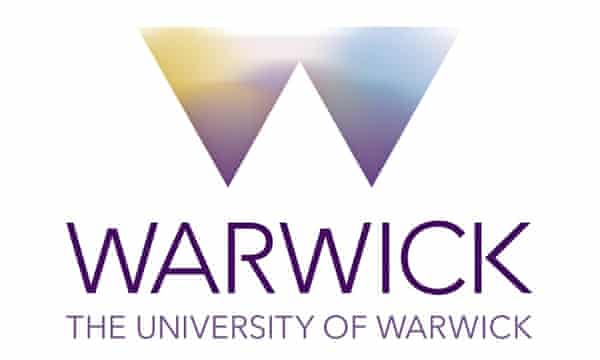University of Warwick experts examine high-energy neutrino beam that measures proton for the first time
Protons have puzzled scientists for decades. Smaller than wavelengths of light, they are invisible, so cannot be measured using conventional methods. In a worldwide first, scientists from across the globe have used a high-energy neutrino beam to tackle this tiny – yet simultaneously huge – challenge.
Unable to see the subatomic particles, researchers, including those from the University of Warwick, relied on extremely light particles known as neutrinos. The neutrinos collided with protons (specifically hydrogen nuclei) at almost the speed of light, releasing energy which could be detected and analysed. This was a feat in itself; neutrinos are electrically neutral and notoriously difficult to make in large numbers.
The experiment used the world’s highest-energy proton beam (the strongest source of high-energy neutrinos on the planet) at Fermilab. The MINERvA detector close to the source continuously gathered data for 10 years.
Not only were scientists able to measure protons (in this case, hydrogen nuclei) for the first time using this technique, they shed new insight into neutrino interactions, which will prove invaluable for other experiments. This includes studies such as the future Deep Underground Neutrino Experiment (DUNE), Hyper-Kamiokande (Hyper-K), and the ongoing Tokai to Kamioka (T2K) experiments – all researching neutrino properties.
Collaborator Xianguo Lu, Assistant Professor at the University of Warwick, who is MINERvA’s Analysis Coordinator, said: “Manipulating neutrinos is extremely difficult. And yet we managed to use them as a precision tool to study individual protons.
“The ability to measure neutrino-hydrogen interactions is important for future neutrino experiments, due to the absence of complicating effects from surrounding nuclear matter. This analysis is the first successful implementation of a new analysis technique and is a trailblazer for the ultimate event-by-event measurements.”
“When we proposed MINERvA, we never thought we’d be able to extract measurements from the hydrogen in the detector,” says Deborah Harris, a professor at York University in Toronto and Fermilab scientist, and the co-spokesperson for MINERvA. “Making this work required great performance from the detector, creative analysis ideas, and years of running in the most intense high energy neutrino beam on the planet.
“The result of the analysis and the new techniques developed highlight the importance of being creative and collaborative in understanding data. While a lot of the components for the analysis already exist, putting them together in the right way really made a difference, and this cannot be done without experts with different technical backgrounds sharing their knowledge to make the experiment a success,” says lead author York University Postdoctoral Researcher Tejin Cai, who completed the research for his doctorate at the University of Rochester.
The Warwick participation in MINERvA was funded by the Science and Technology Facilities Council, UKRI.

